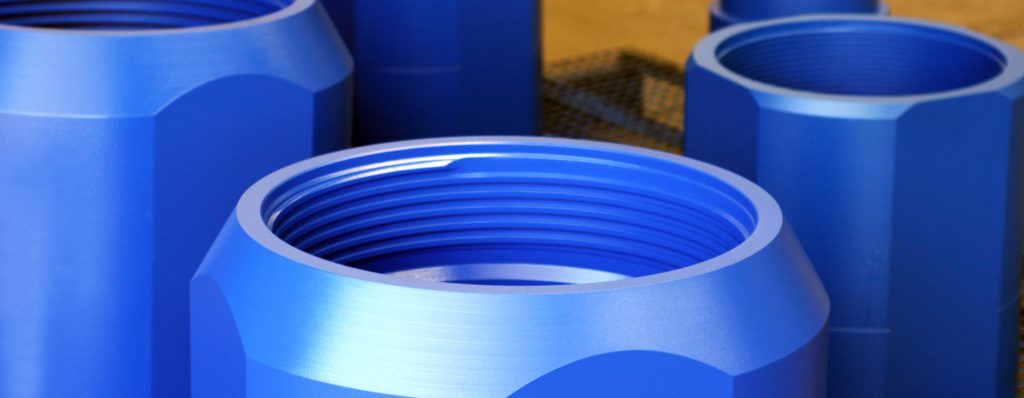Many materials, especially metals, react with the air and moisture that is present in any environment. If left unprotected, these metals will form rust and get corroded, reducing their life and durability. It requires them to give a protective coating that can be wet paints or powder coating. Gain more information, click Doogood powder coating.

These forms of protection serve similar functions but are applied in different ways with the components that they have. Both contain pigments, additives and resins, but paint contains solvents, while powder coating does not. It is the solvent on paints that keeps all the other materials in suspension as a liquid, and eventually dry out to leave the materials to form the required thin protective coat. These solvents are volatile organic compounds (VOC) that do lead to their being unsafe when inhaled and thus become a health risk. Powder coating, on the other hand, is applied as a dry powder using electrostatic charges that allows the powder to adhere to the metal painted. It is this basic difference in their chemical composition that lead to their different methods of application.
One point that is common in the application of both paints and powder coating, is the need for the surface to be given the protective coat to be pre-treated. Before either of these coatings are applied, the surfaces must be made completely clean and free of any contamination from oil, dust or moisture. It is only after this cleaning or preparation process is completed that the diverse processes require their application can be undertaken.
Liquid paint is dispensed with spray or applied with brushes and rollers. Care has to be taken to see that this liquid does not drip or sag so that the coating is uniform. It is best applied by trained professionals. These liquid paints will dry in the air, and because of the VOCs, the area needs to be well ventilated. Industrially, painting is often carried out in painting booths where the environment can be controlled. Most liquid paints require a primer, need two or more coats, and often a clear coat for additional protection. Visit powder coating services for more information.
In powder coating, the dry powder is shot through an electrostatic gun that gives the powder a negative charge. The metal part is grounded ad attracts the charged particles of the powder and ensures an even application. Once the part is adequately covered, in an oven, it has to be cured. It creates a thermal bond between the various particles of the powder and results in a finish that is smooth and hard.
Any finish is required to protect the surfaces on which they are applied so that they become less vulnerable to corrosion and other damage from the environment. The finish must also not get damaged by scratching, or chip off, as then it reduces its ability to function as a barrier. Here is where powder coating performs better than paint. It is also more resistant to any scratches or chipping, and thermal bonding that is a result of its curing allows it to be applied in thicker layers, thus increasing the protection. Studies show how to powder coat big things.
Powder coating also has better retention of colour and will last longer when exposed to moisture, sunlight and heat. These conditions can lead to a breakdown in the pigments and resins that both these forms of protective coatings contain. They then lose adhesion and cause a breakdown of the protective layer. It leads to the fading of the pigment. Powder coating is better able to resist this breakdown and fading.
Another aspect that needs to bear in mind when you compare powder coating and paint is the health and safety of using these two materials. Here, powder coating scores heavily because it is safer to store and apply. Liquid paint is flammable because of the solvents it contains, storage can always be a risk, and requires adequate attention. It also emits the VOCs that it has, and it can cause respiratory irritation and other health problems and add to the pollution of the atmosphere. There are no such issues with powder coating.
Initial costs are the only area where paints score over powder coating. Powder coating does require specialized equipment. Paint, on the other hand, will require to be redone every couple of years, which powder coating will not. In the long run, powder coating can turn out to be cheaper.